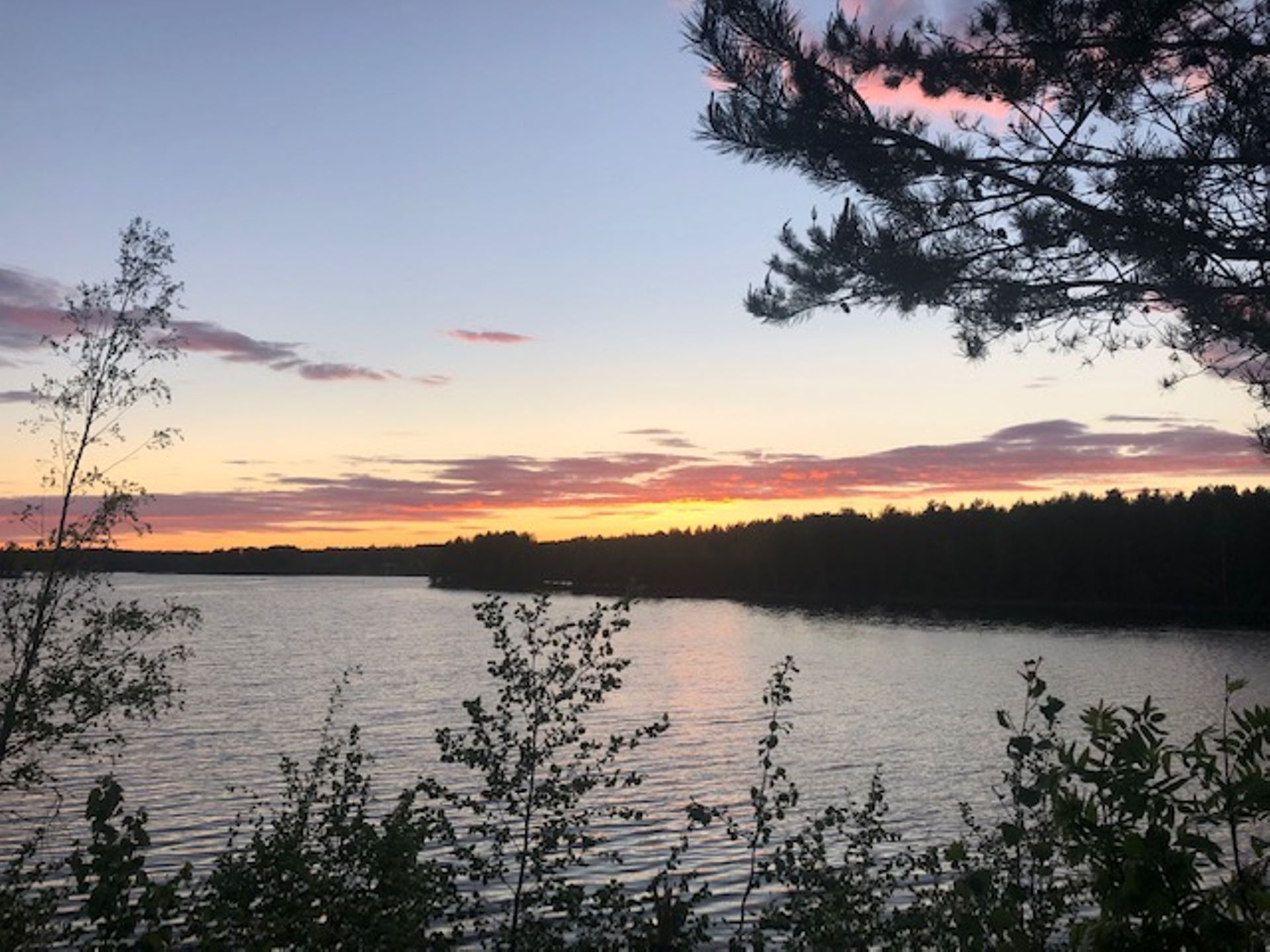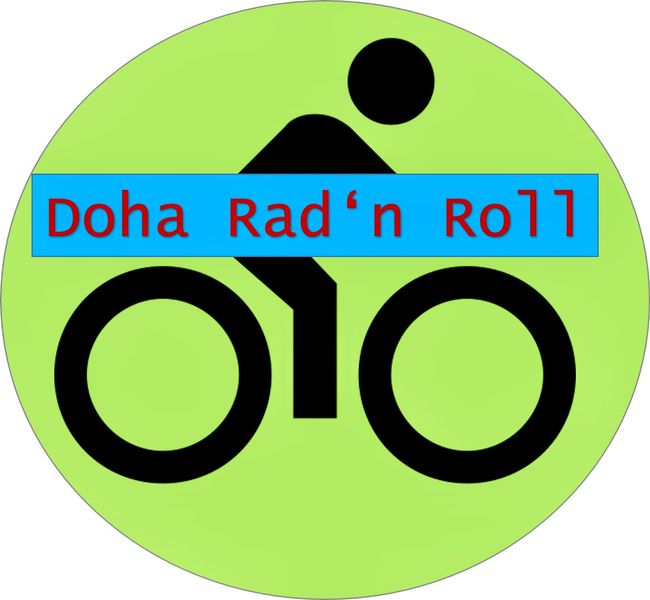Grenze entlang Seen, Elbe und Grünem Band
Rakabudiswa: 20.06.2022
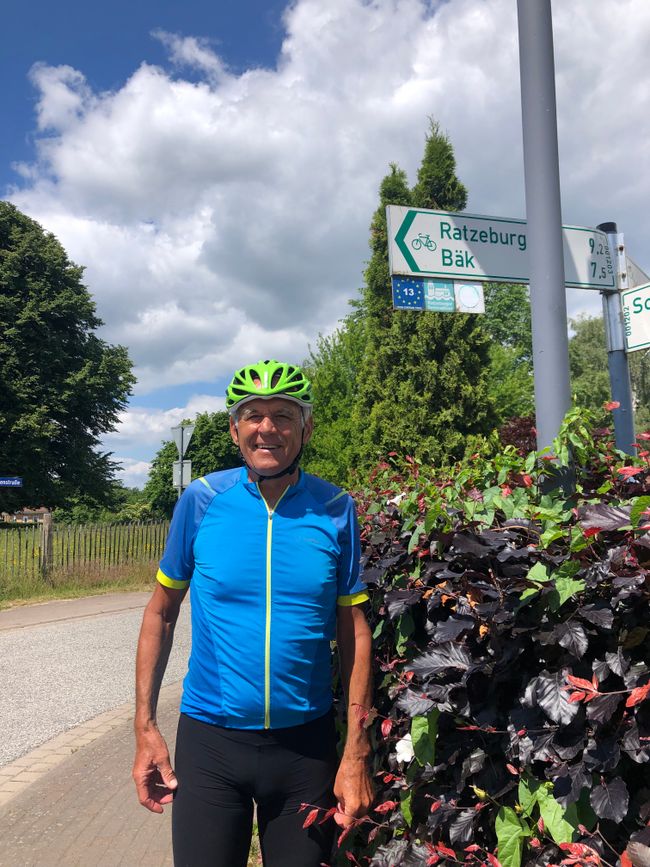
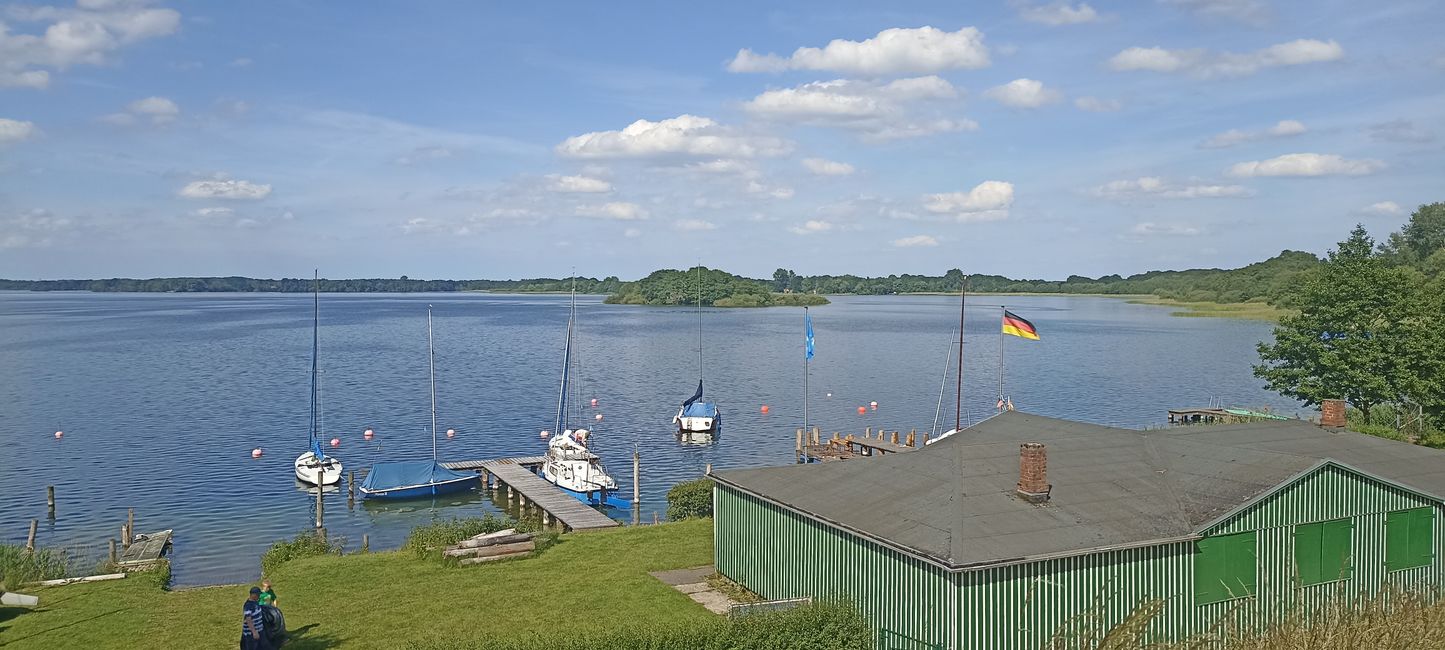
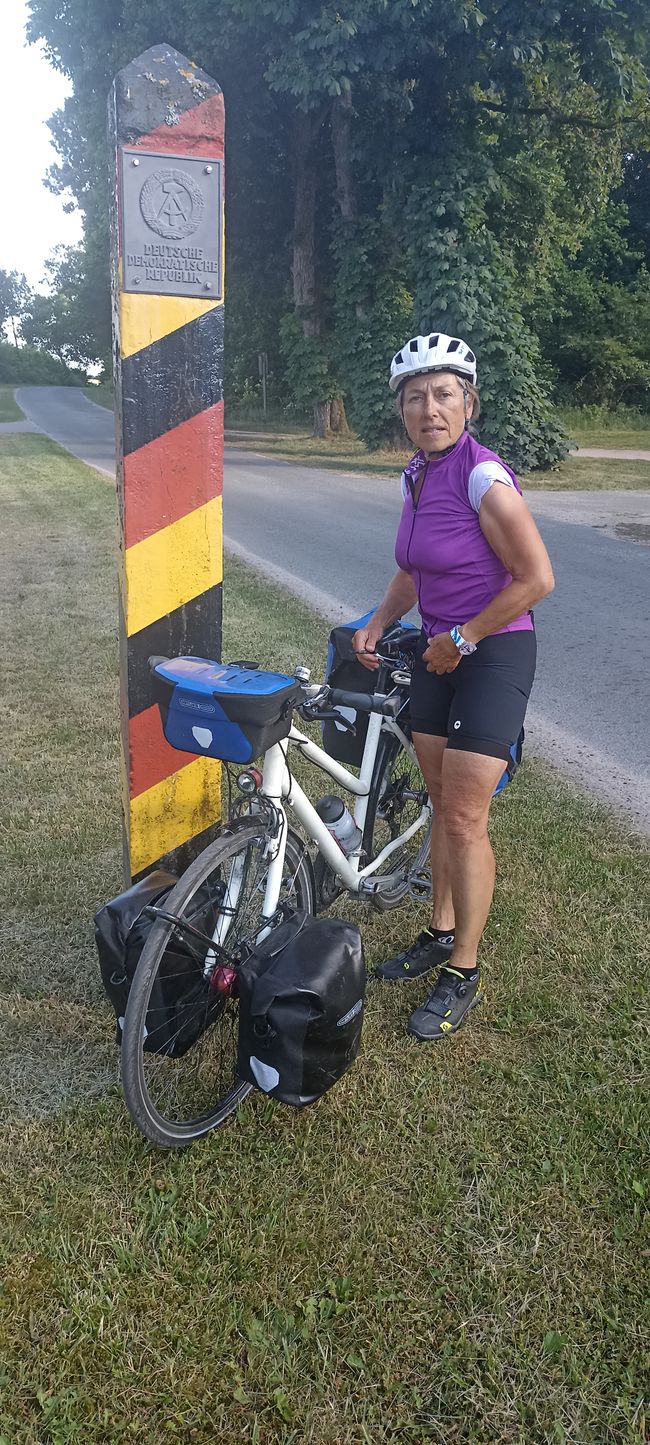
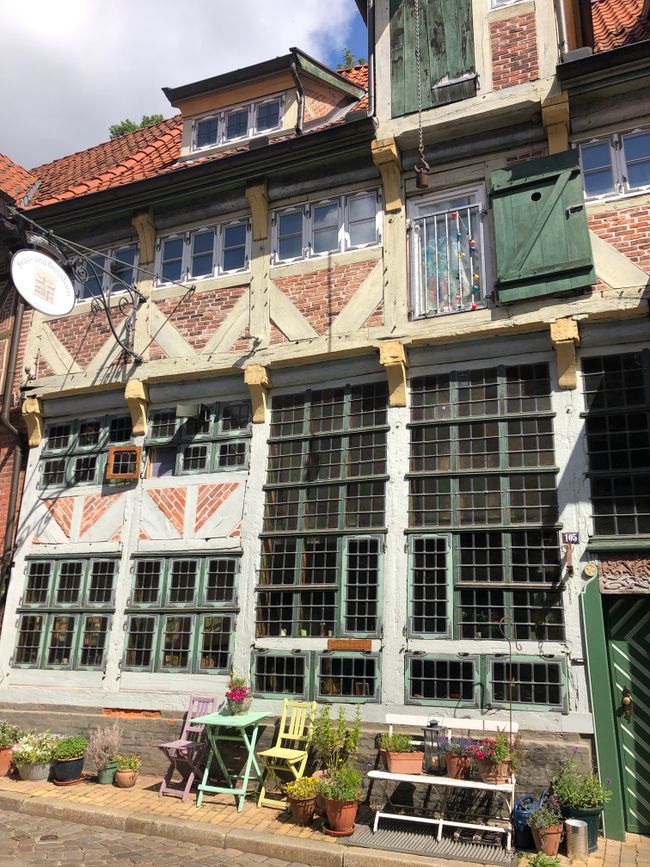
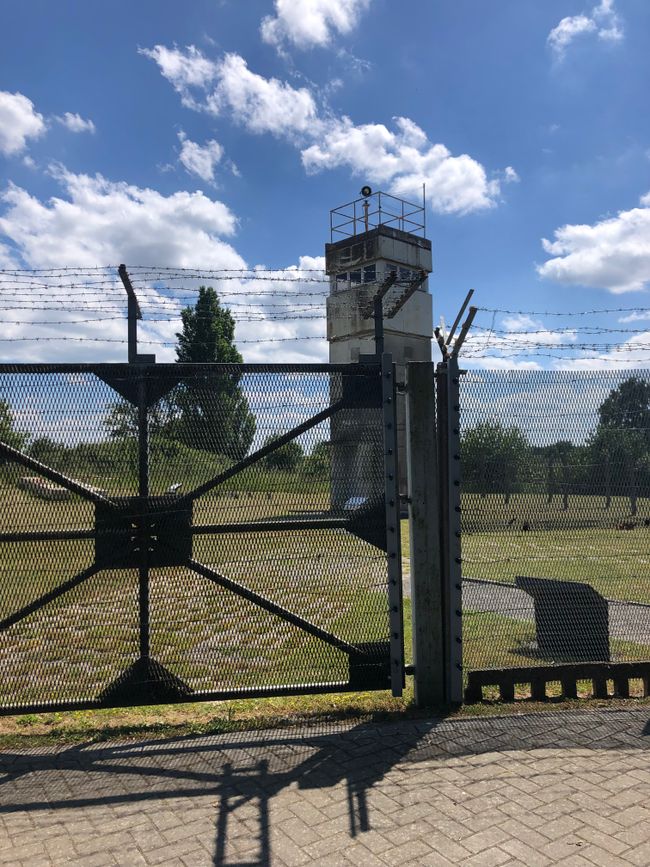
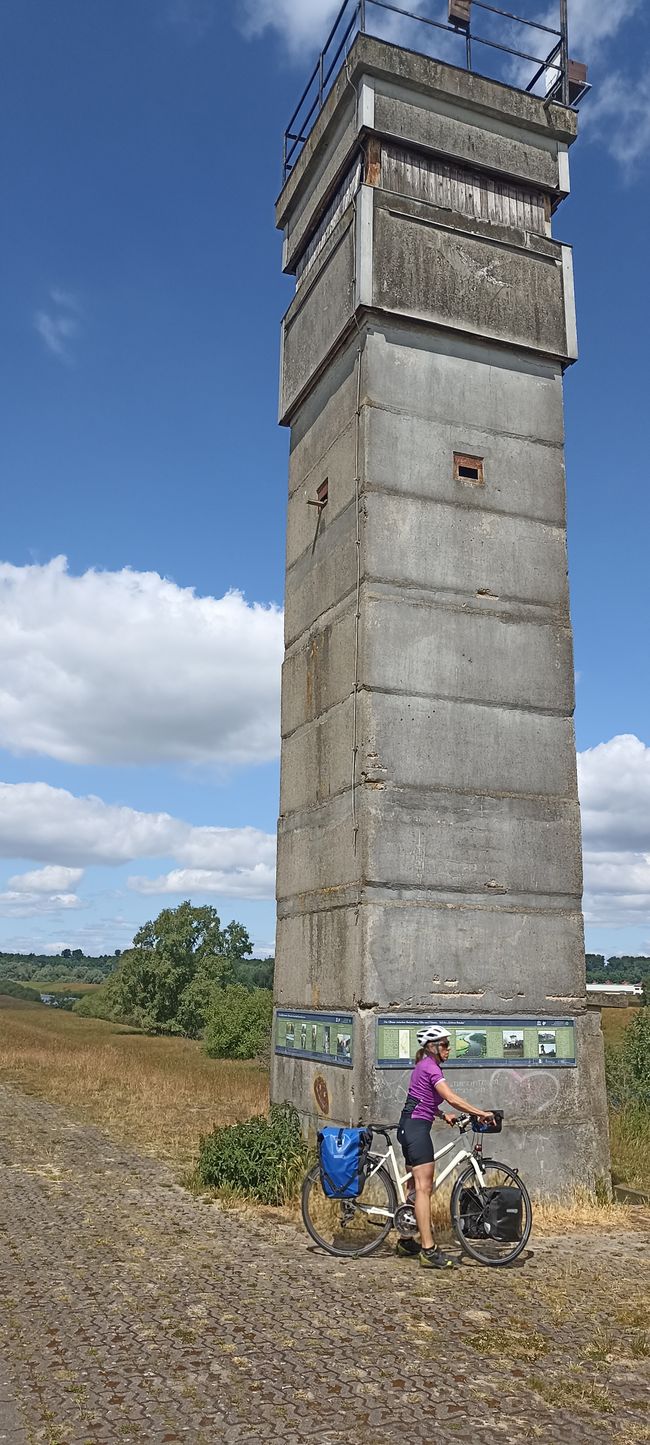
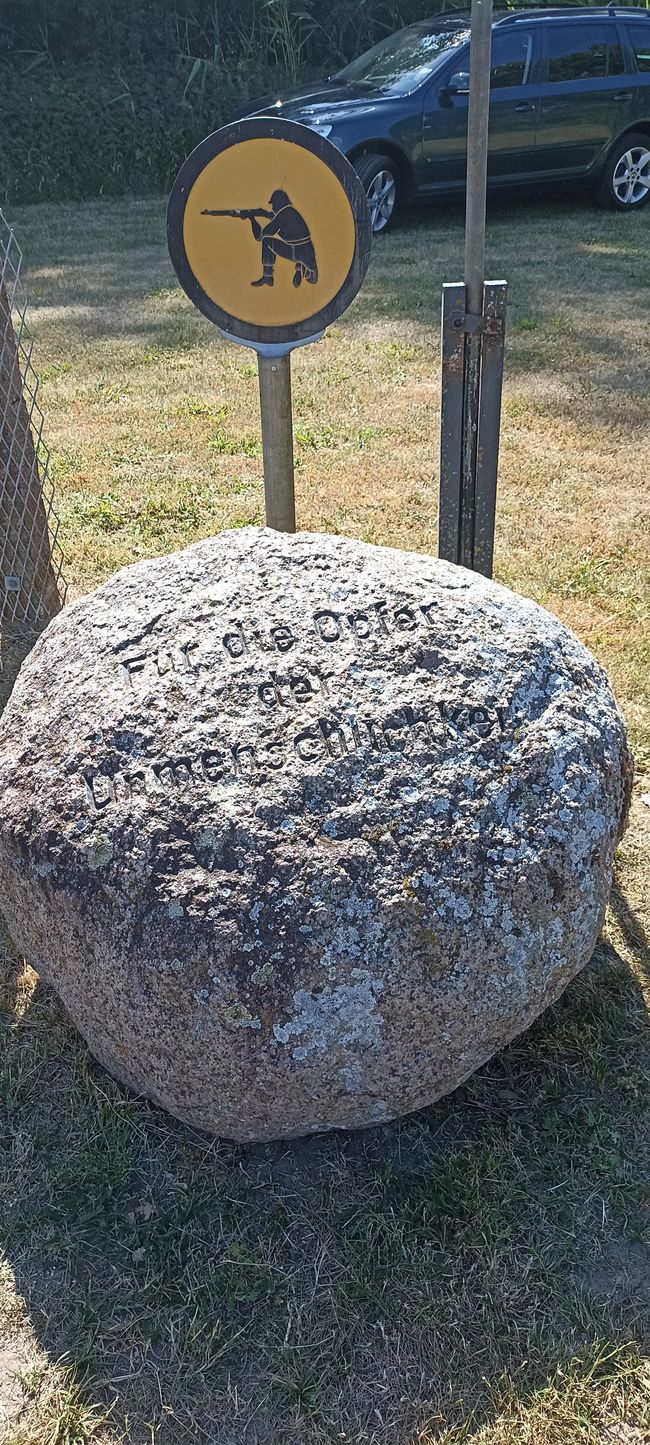
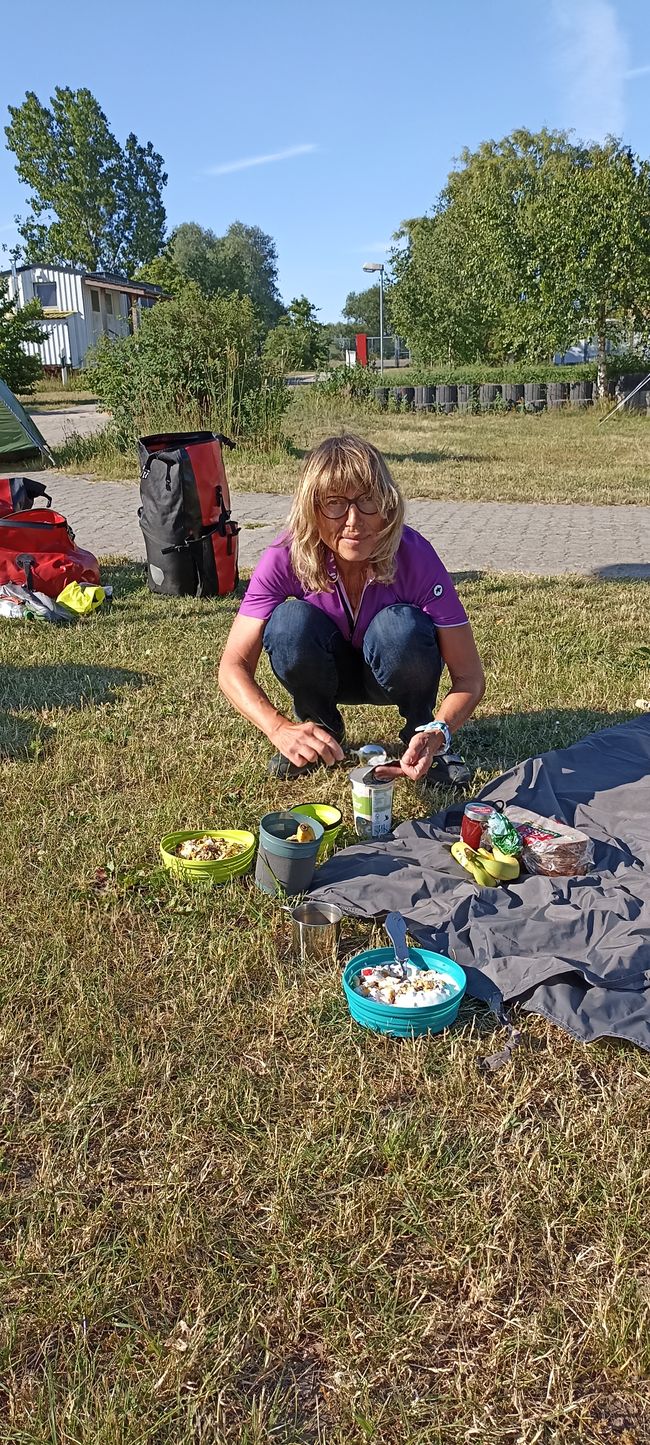
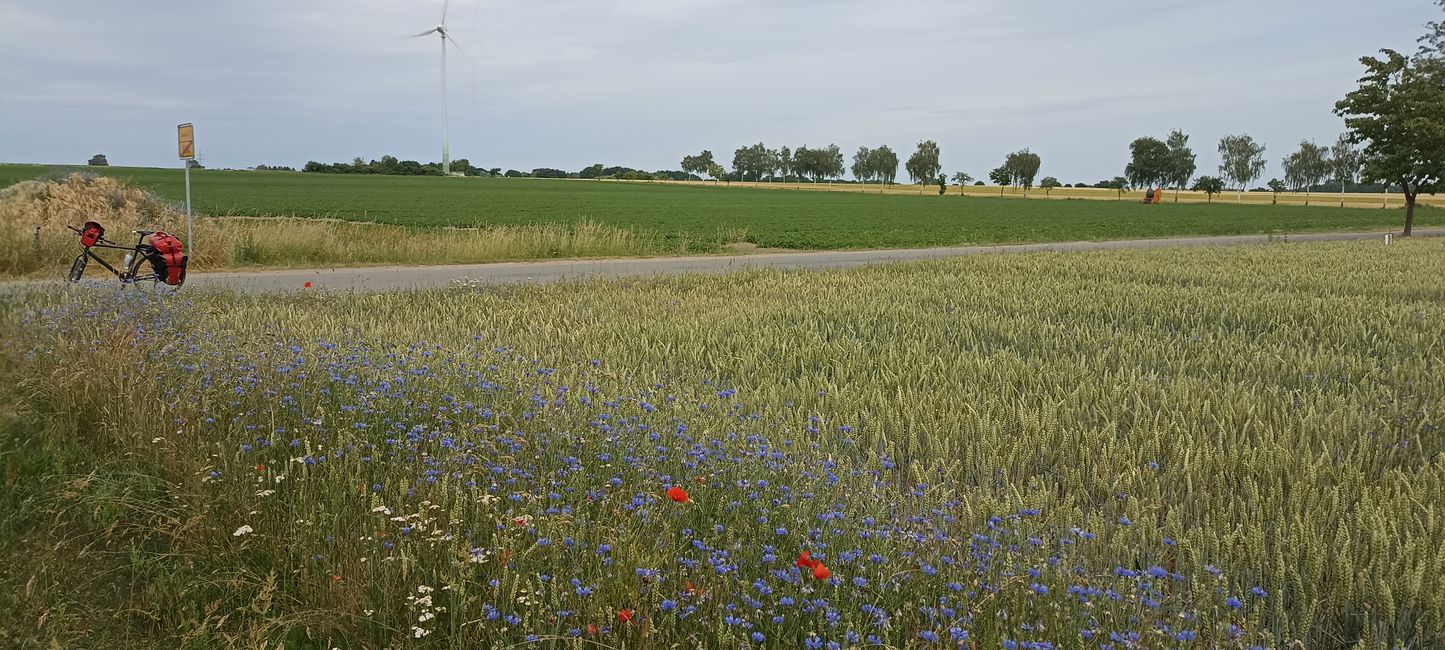
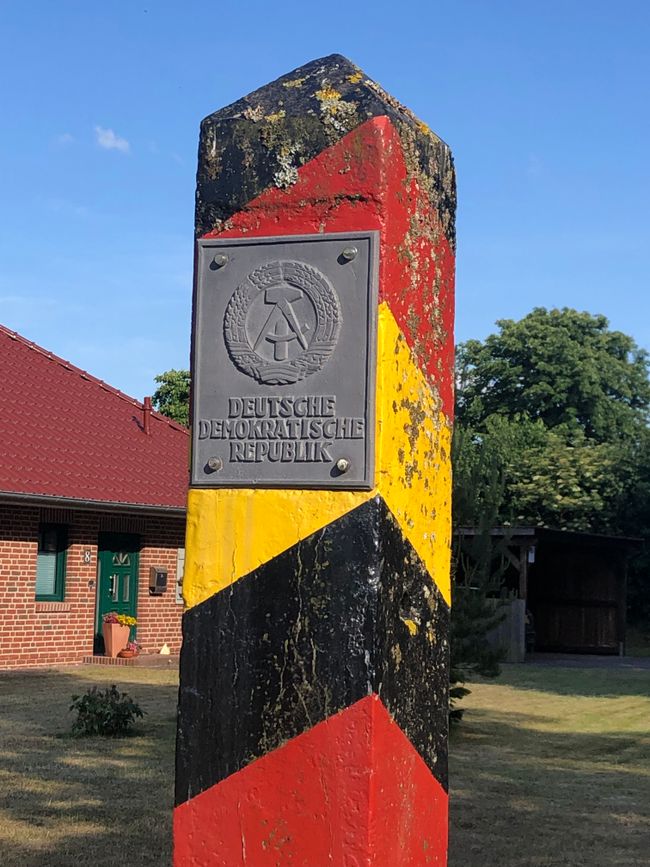
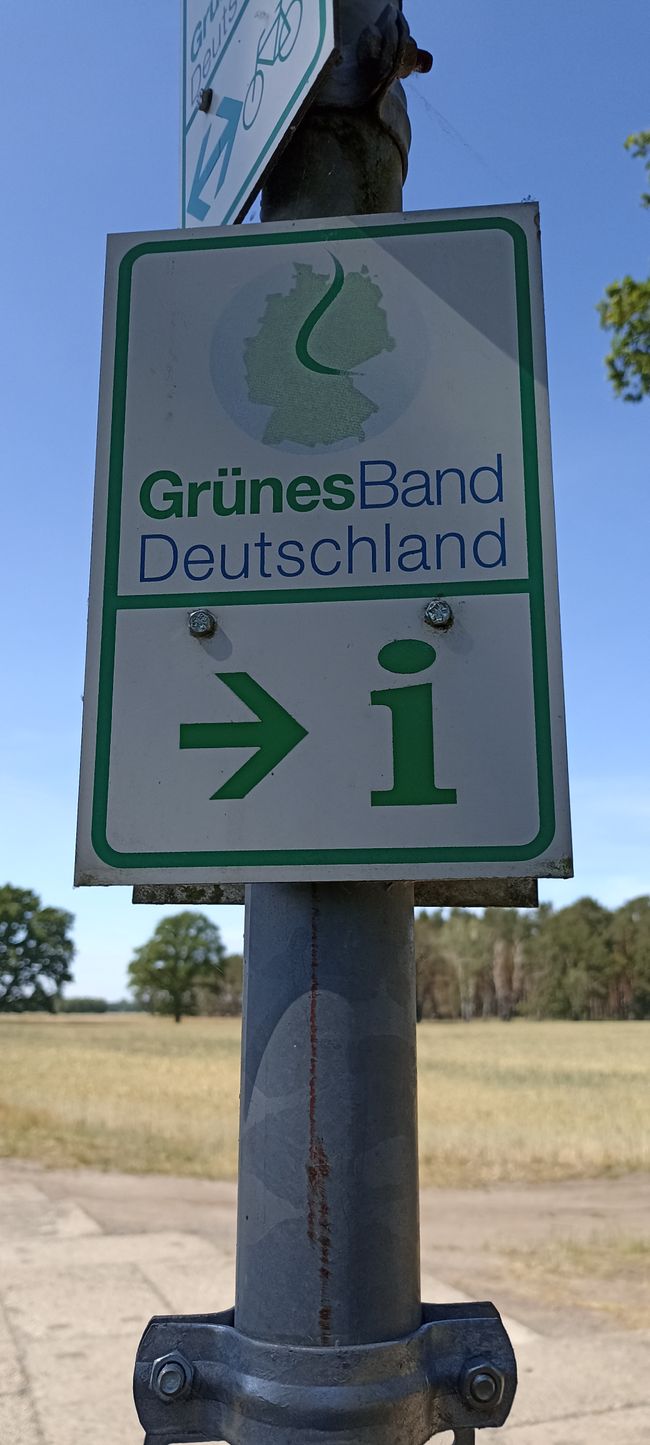
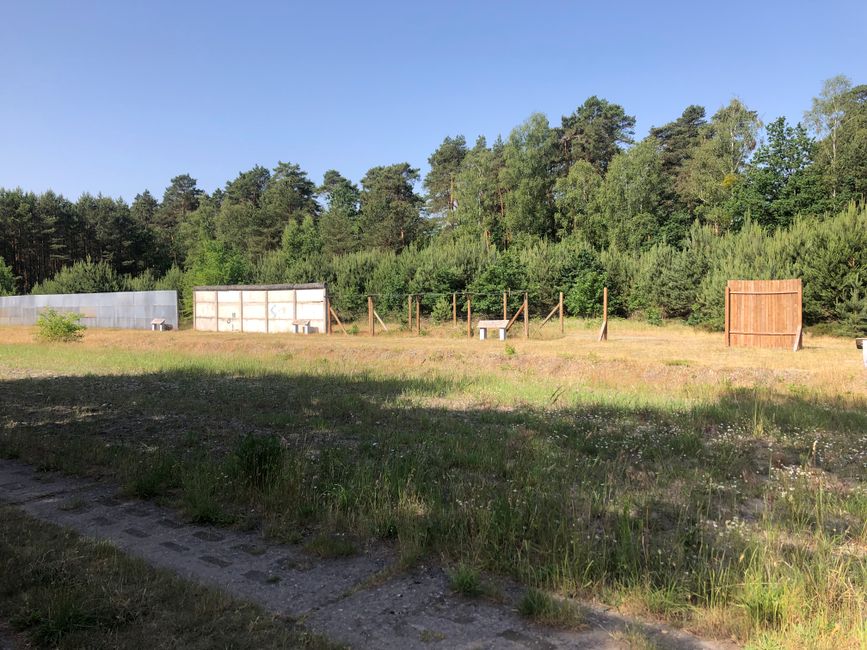
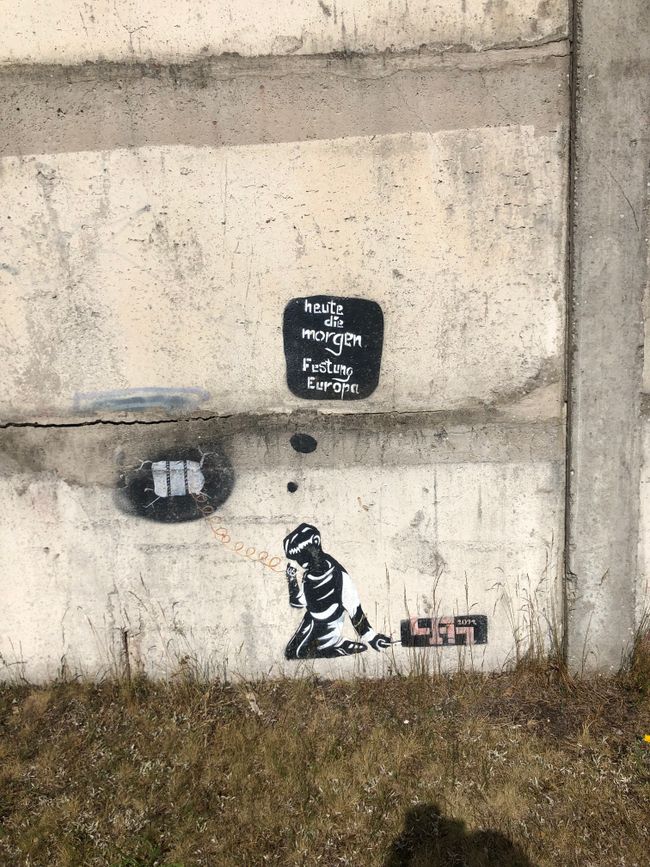
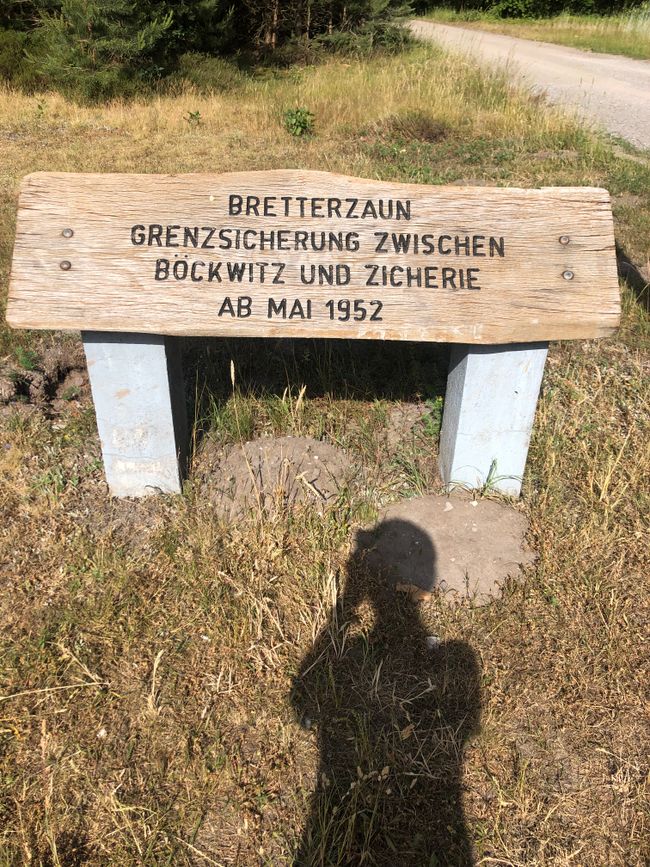
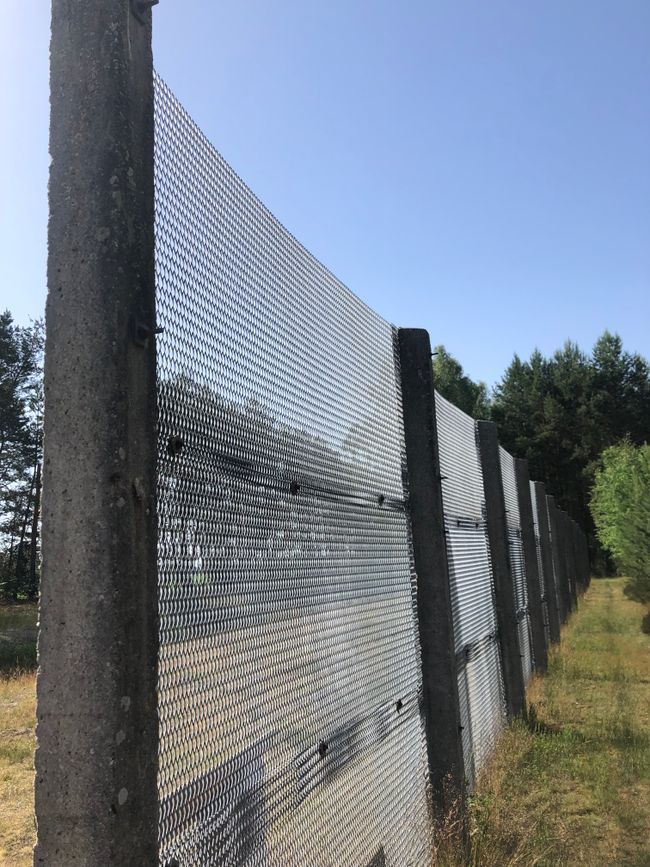
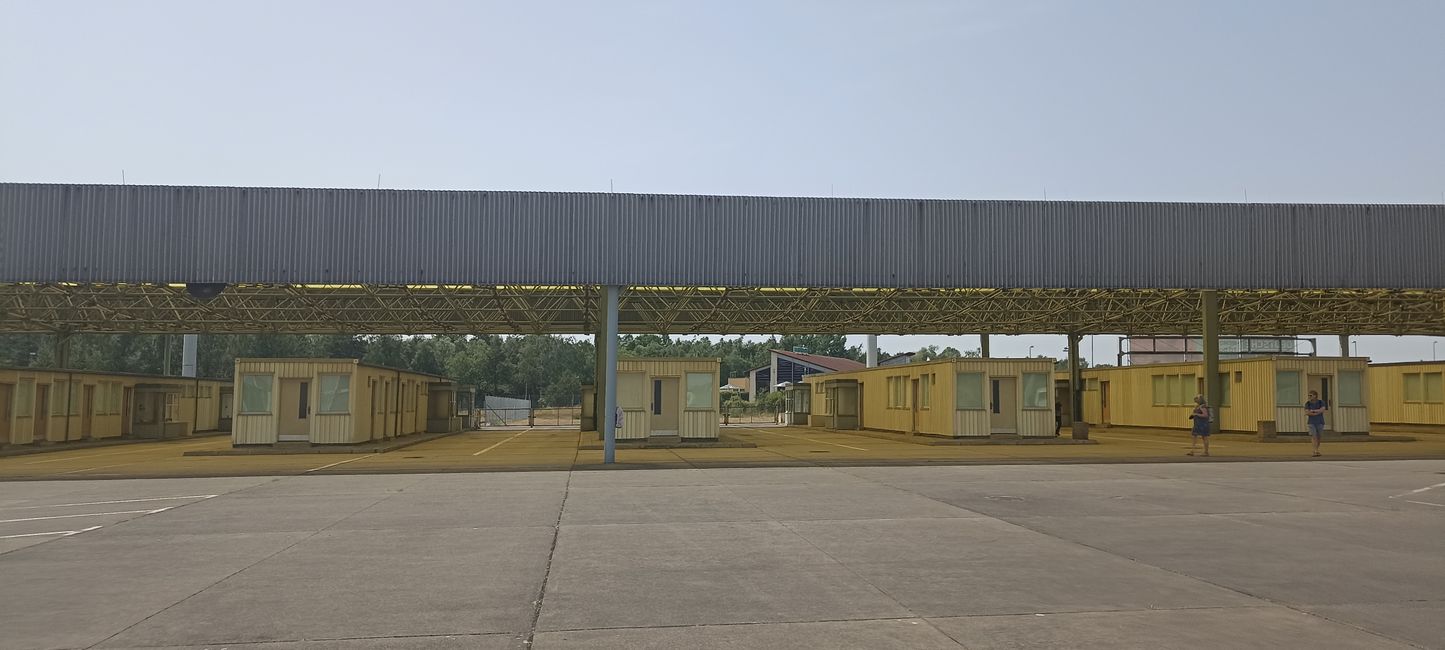
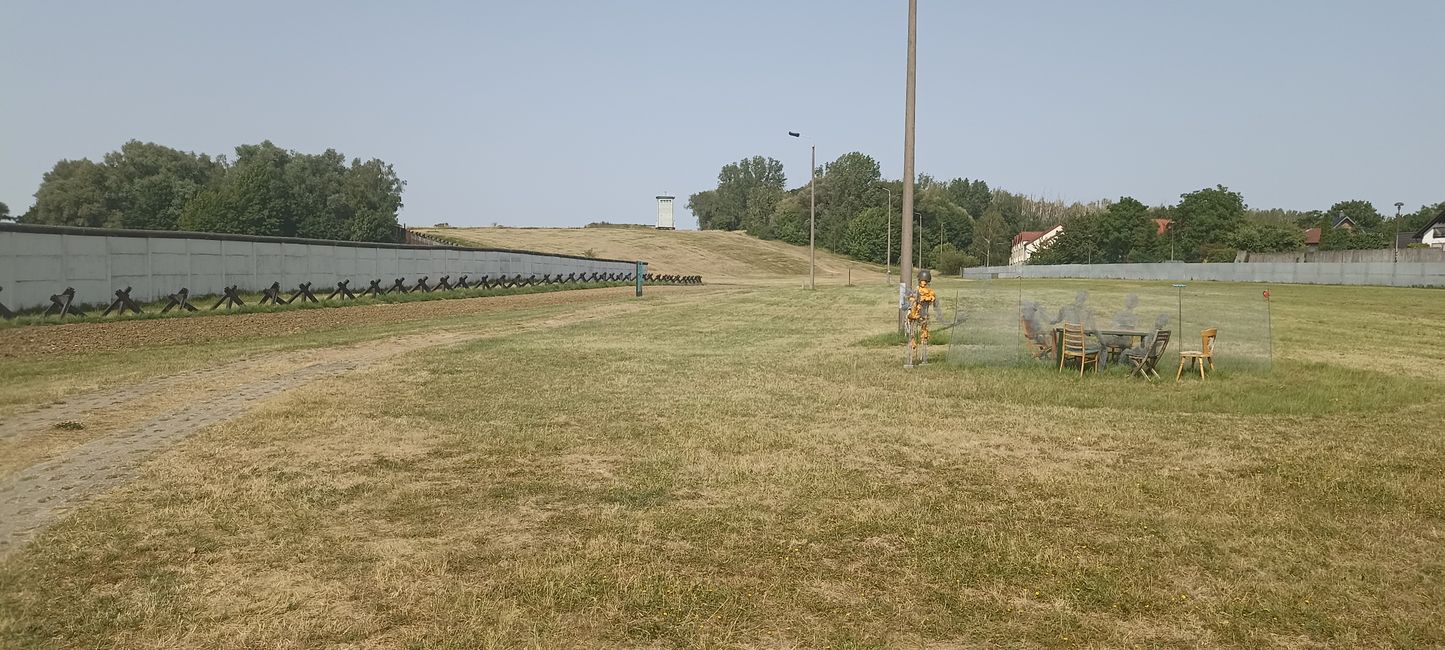
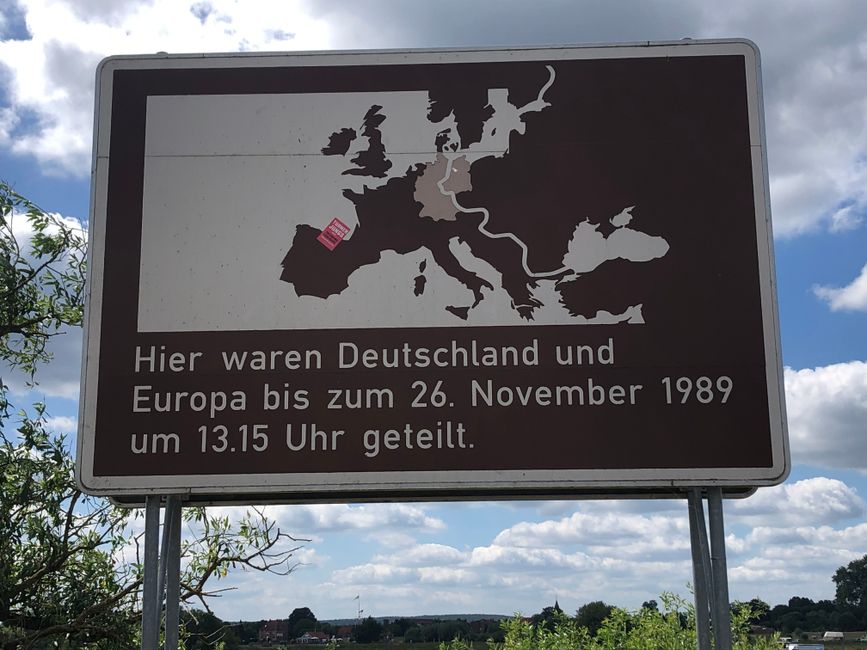
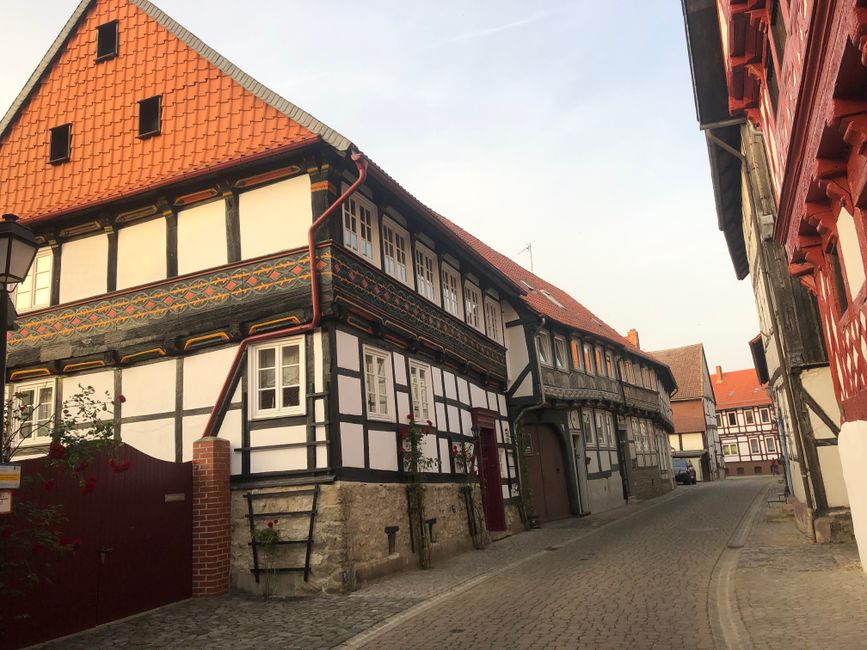
Nyorera kune Newsletter
After the bustling Baltic coast with its many Hanseatic cities and touristically interesting places, we are now mainly heading south, along the 1377 km long former German-German border, which played a role in so many destinies and also meant death strips. On our further journey through sparsely populated areas, we want to take our time to appreciate the uniqueness of this border, to understand the life on both sides of it, and to reflect on the extraordinary individual fates that still leave us breathless and incomprehensible today.
Wolf Biermann aptly described the specialness of this border in his first song after being expatriated in 1976:
And when I came from Germany to Germany into exile
So little changed for me and oh so much
I experienced it firsthand, the brutal test
Voluntarily from west to east, forced from east to west
Day 10 - June 15: Lübeck - Ratzeburg - Schlagsdorf - Zarrentin - Büchen 100 km —> the first 1000 km are done!!
Since the night was cold and damp, we take our time in the morning so that we can pack the tent dryly. In Lübeck, we visit the cathedral, which was attacked and largely destroyed in the bombing night of 1942 as a reaction by the British to the attacks of the Nazis in England. Impressive photos show how the two towers collapse. Admirable is the effort and expense with which the huge church was rebuilt in the post-war years.
We head south from the city towards Ratzeburg and Lake Ratzeburg. There is the Ratzeburg Rowing Club, founded by Karl Adam. We remember the legendary Olympic victories of the German eight in Rome in 1960 and in Mexico City in 1968, under the leadership of the legendary coach who had never rowed himself.
Near the lake, we come across the first sign for EuroVelo 13 and are very excited. But soon our joy is over, it becomes increasingly difficult to find the right way. Before Schlagsdorf, we cross the former German-German border for the first time and cycle to the Grenzhus where we get a comprehensive presentation of the history of the German-German division. A section of the East German border facilities has been reconstructed on an open-air site just outside, near the former border fence: metal wire fence, anti-vehicle ditch, observation bunker, guard towers, and concrete barrier wall. What an inhumane effort to prevent people from leaving.
We cycle through the deserted Schaalsee Biosphere Reserve to Zarrentin. Along the way, we come across the memorial stone for Harry Weltzin, who was killed by a self-triggered device 50 meters from the border in 1983. Later, shortly before Büchen, we pass by the border cross for Michael Gartenschläger. The inscription reads: "He shook the conscience of the free world". In March, Gartenschläger had dismantled one of the self-triggered mines SM-70, which was reported by Der Spiegel. But the publication of the facts did not cause much outrage, so Gartenschläger dismantled two more self-triggered mines and wanted to install one of them in front of the Permanent Representation of the GDR in Bonn. During the dismantling, Gartenschläger was shot by the Special Deployment Command of the Stasi.
From Zarrentin, we cycle on side roads to Büchen, where we set up our tent for the night. In the washing room, I meet a former NVA soldier who is pleased that we visited Schlagsdorf. He spent 22 years as a trained excavator and bulldozer driver building the border fences and paving the convoy routes. He has no problem with it, as it brought him a nice apartment in the border area. After the reunification, he moved to Hamburg with his family and worked as a truck driver.
In the evening, we celebrate our first 1000 km at the Greek restaurant.
Day 11 - June 16: Büchen - Lauenburg - Bleckede - Dömitz - Gorleben - Laascher See (Camping) 120 km
In the morning, we cycle along the Elbe-Lübeck Canal to Lauenburg, where we reach the Elbe River and the Elbe Cycle Path. The canal was used in earlier times for salt transport from the salt city of Lauenburg to Lüneburg and was further expanded in 1900. We saw Lauenburg from the other side of the Elbe during a bike tour two years ago, so we take the opportunity to take a detour to the old town. On the way to Boizenburg, we make a short stop at the Elbberg Museum and the memorial commemorating the 400 women and men of the satellite camp of the Neuengamme concentration camp who became victims of fascism on the Elbberg. Behind Boizenburg on the dike, we come across a border tower that became a bird tower for falcons and barn owls after reunification. A very beautiful transformation!
At Bleckede, we change to the left bank side of the Elbe by ferry and continue cycling to Neu-Darchow. We take the next ferry back to the other side. Between Lauenburg and Neu-Darchow, the Elbe was a 94 km inner-German border, and the shore was a border area that no one was allowed to enter on the eastern side.
We cycle on the dam, which was raised and reinforced after the devastating flooding of the Elbe in 2002. Shortly before Dömitz, we pass the memorial stone for the Rüterberg Village Republic. The village on the Elbe became an exclave surrounded by border fences, and the residents could only enter or leave the village after being checked. When the border fence was reinforced again, the residents gathered following the Swiss village assembly model and decided to create their own laws. The assembly unanimously voted in favor of the Rüterberg Village Republic. The coincidence of history was such that the Berlin Wall was opened the next evening.
In Dömitz, we cross back to the other side of the Elbe and pass through Gorleben. There was also a "Free Republic" to prevent the planned final repository there. Today, Gorleben is an idyllic place in the Wendland region. Shortly afterwards, we reach our campsite at Laascher See. While setting up the tent, one of the tent poles breaks. With the remaining two poles and guy ropes, we manage to set up the tent in a stable way.
Day 12 - June 17: Gartow - Arendsee - Wustrow - Brome 120 km
We cycle along Lake Gartow and then towards Arendsee. There, we can orient ourselves to the Green Belt Germany cycle path. Thanks to the Christmas gift from my colleague Miriam, we have read many stories about the Green Belt, which we now carry with us. We always stay close to or on the former German-German border north of Salzwedel and, shortly after noon, we reach Wustrow where we take a break in summery temperatures. Shortly before Wustrow, we passed the memorial stone for Hans-Friedrich Franck, who triggered the self-triggered device SM-70 during an escape attempt, then quickly received medical treatment on the West German side, but died from the effects of the explosive.
One could also summarize the day as follows: many wheat fields, potato fields, windmills, and otherwise small villages. So we cycle through the solitude and monotony to Diesdorf, where there is at least a gelateria. Shortly after Brome, we stay overnight in a hotel and enjoy the asparagus buffet and white wine.
Day 13 - June 18: Brome - Oebisfelde - Marienborn - Schöningen - Hornburg 120 km
It is the hottest day of our tour so far, and we are frequently searching for the right way. But that is nothing new, hardly anyone is interested in the German-German border path. Even the navigation system wants to lead us in a different direction. So we often lose time looking for the right way.
There is a border teaching path not far from our accommodation, which impressively documents the development of the border facilities. The two villages Böxkwitz and Zickerie were separated by the border security since 1952.
We are now in VW country, as Wolfsburg is only 15-20 km away. But we stay in the border area, cycling on the eastern side via Öbischfelde and Weferlingen to Morsleben. There was the GDR's nuclear waste repository, which was shut down in 1997 after intense conflicts. From there, it is not far to Marienborn, where the checkpoint for trips to West Berlin was since 1949. After the construction of the Berlin Wall, the Marienborn border crossing became the most important bottleneck between the two German states. Today it is a memorial site, a place where "Germans tell their biographies to Germans", as the former Federal President Herzog said during a visit.
We pass wheat fields and potato fields again, cycling through small villages. At Schöningen, we pass the lignite open-cast mine, a huge, deep dump that indicates the years of mining that has since been discontinued. It is still quite a distance to our destination 'Hornburg', which demands everything from us with its many challenging climbs. At the municipal swimming pool, we are allowed to set up our tent and take an evening swim.
Nyorera kune Newsletter
Pindura (1)
Lothar
Sagenhaft , Eure Schilderungen , als ob man live dabei wäre …..: